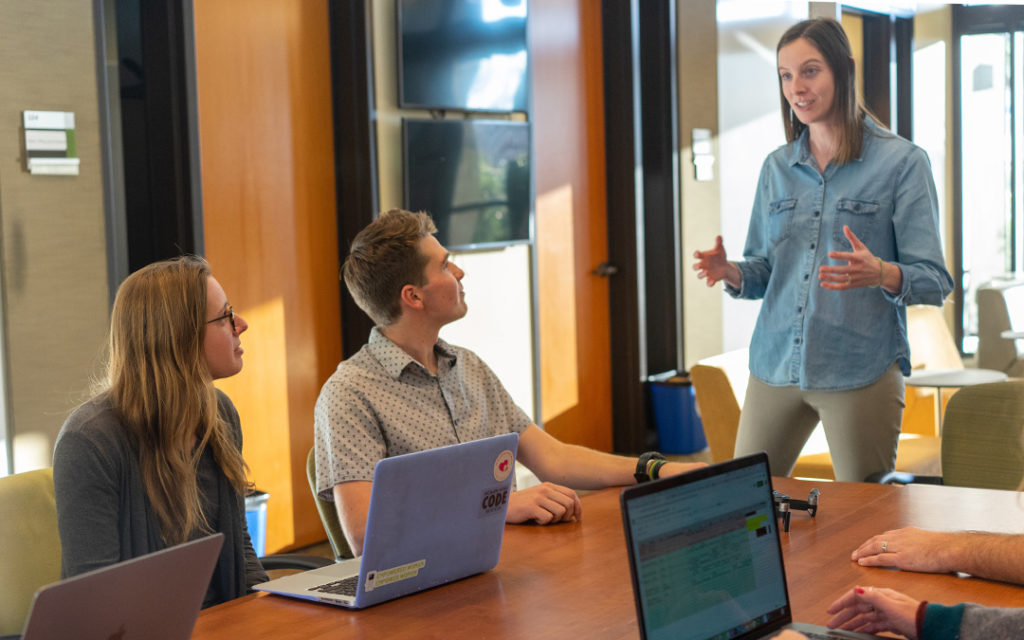As summer strolls in, and the campus gets waxed, painted, and washed, this is the leadership team’s time to buckle down and work on budget and how to spend. With the support of the Coronavirus Aid, Relief, and Economic Security (CARES) Act and the Elementary and Secondary School Emergency Relief (ESSER) Funds, your school may have more to spend this year. Here are some ways to ensure that the extra spending is impactful, meaningful, purposeful, and will be relevant in the long run.

